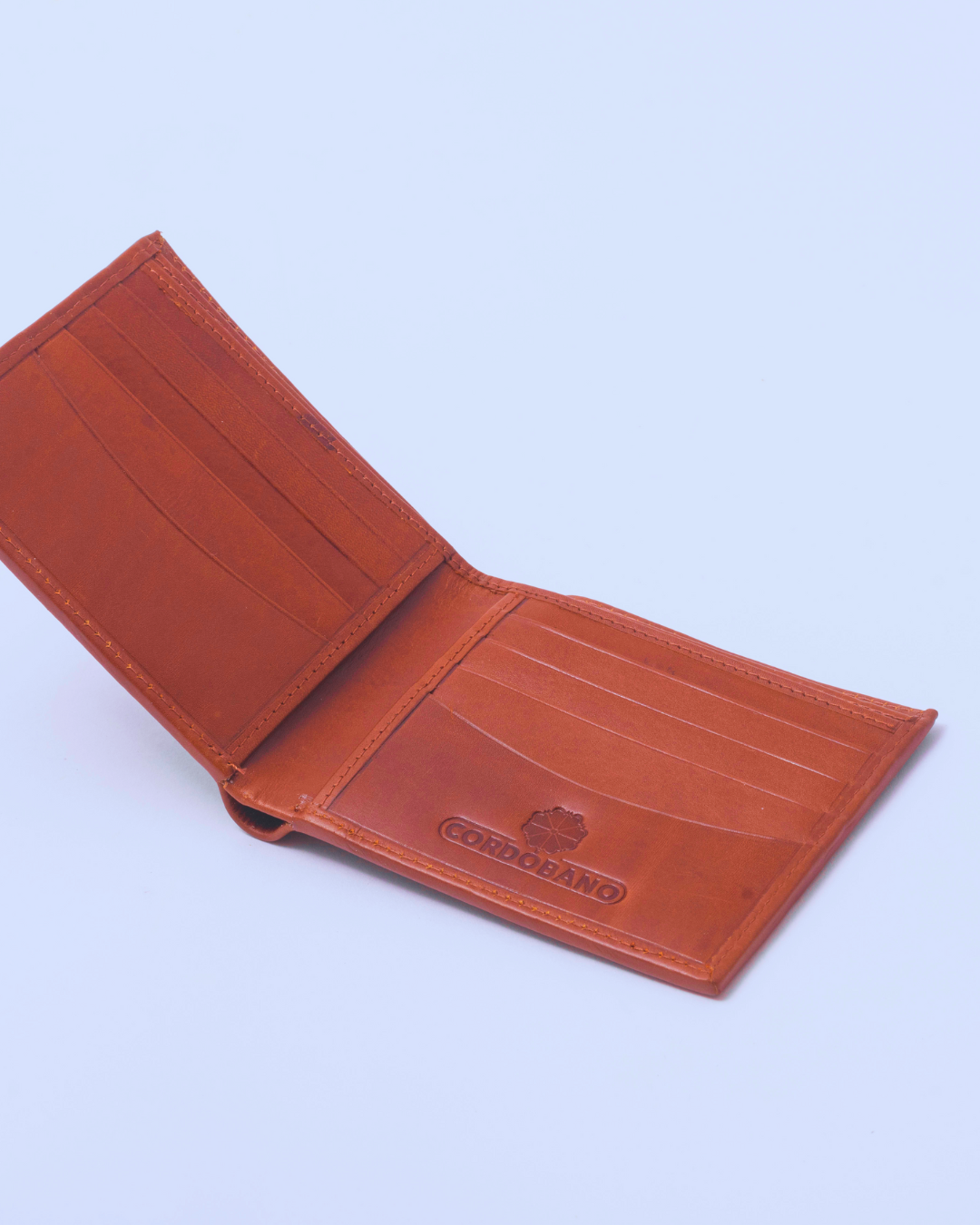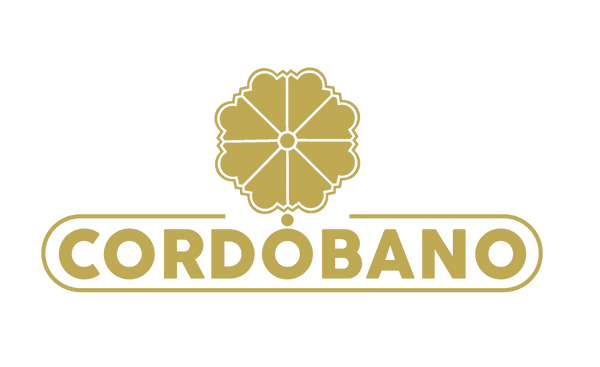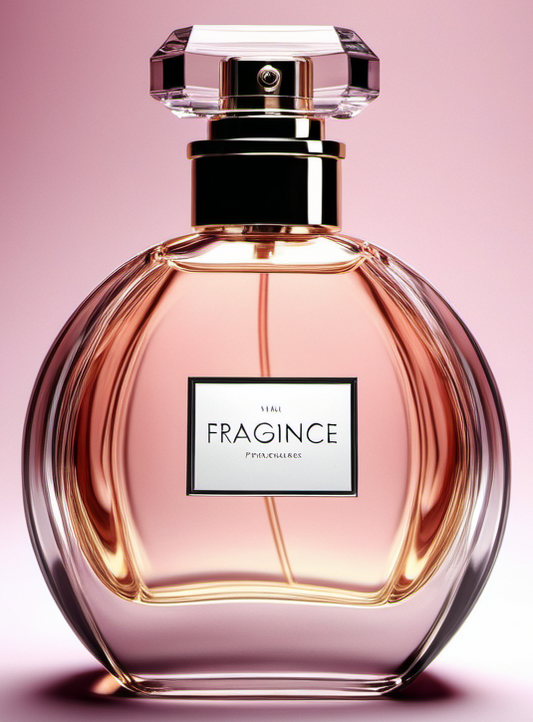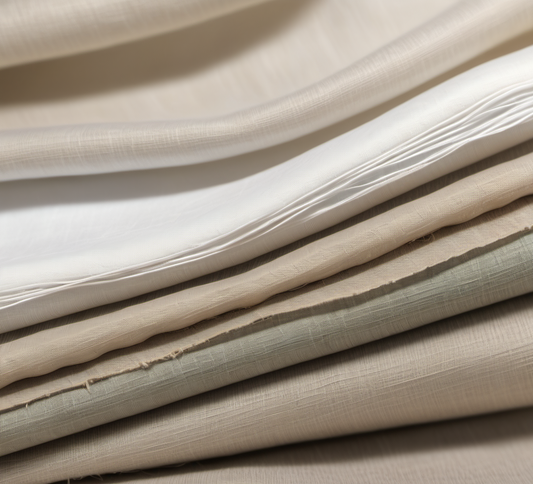Leather, a timeless material cherished for its durability and natural allure, has graced civilizations for centuries. In our modern era, it predominantly originates from cow hides, although sheep, goats, and pigs also contribute to its diverse origins.
Diving into the world of leather unveils a spectrum of quality and types, shaped by tanning and processing methods. The essence of leather quality lies in the layers composing a hide, with distinctions arising from the choice of animals, tanning techniques, and processing methods.
Unveiling Leather Grades
Full Grain Leather
Crafted from the outermost layer of an animal's hide, full grain leather preserves the entire grain, showcasing natural textures and markings. Its untouched surface, with imperfections like scars and insect bites left intact, creates a unique and character-rich product. Full grain leather, known for its durability, develops a graceful patina over time, making it ideal for premium footwear, jackets, handbags, wallets, and furniture.
Top Grain Leather
Situated just below the outermost layer, top grain leather retains the natural textures and patterns of the hide. Subjected to sanding or buffing to create a smoother surface, top grain leather allows for vibrant colors and artificial grains due to a more open structure. While offering a balance between aesthetics and durability, it is commonly used in furniture, clothing, and accessories.
Suede
Derived from the bottom split layer of a hide, suede charms with its velvety texture. Achieved by sanding and buffing the underside of the skin, suede is lighter and more pliable than full grain leather. Though delicate and prone to staining, it finds its place in fashion and accessories, offering a distinctive look and feel.
Bicast Leather
Also known as split leather, bicast leather originates from the lower layers of a hide. After embossing it with a leather-like texture and sealing it with a polyurethane coating, bicast leather gains enhanced resistance to wear. However, it sacrifices the natural softness and breathability of higher-quality leathers, making it a budget-friendly option for less demanding applications.
Bonded Leather
Crafted from leather scraps and fibers bonded with latex on a fiber backing, bonded leather is the most economical option. While offering an affordable and leather-like texture, it falls short in durability and softness. Its surface may crack over time, and the leather layer can peel off with use. Considered a lower-grade alternative, bonded leather suits budget-friendly applications with proper care.
Tanning Techniques: Aesthetics and Impact
Vegetable Tanned Leather
Employing tannins derived from vegetable matter, such as tree bark, vegetable tanned leather is an ancient method recognized for its natural appeal. Utilizing tanning agents like chestnut and oak, this leather is thicker, stiffer, and demands specialized care. Over time, it develops a charming patina, making it a favored choice for footwear, bags, belts, wallets, and furniture.
Chrome Tanned Leather
Processed with chromium salts, chrome tanned leather stands in stark contrast to vegetable tanned leather. It offers superior softness, flexibility, and a faster production timeline. Chrome tanning allows for a variety of colors and is less susceptible to water damage. However, it carries environmental concerns due to the use of chromium, a heavy metal pollutant.
A Comparative Overview
Understanding the distinctions among leather types aids in making informed choices based on specific needs. Here's a snapshot of the key differences:
Full Grain Leather:
- Highest quality, showcasing natural grains.
- Develops a unique patina over time.
- Ideal for premium goods like furniture, belts, and jackets.
Top Grain Leather:
- Retains natural textures, sanded for a smoother surface.
- Balances aesthetics and durability.
- Commonly used in wallets, shoes, and bags.
Suede:
- Velvety texture, lighter and more pliable.
- Prone to staining, suitable for fashion and accessories.
- Requires extra care and maintenance.
Bicast Leather:
- Coated with polyurethane for enhanced durability.
- Artificial grain embossed for uniformity.
- Considered a budget-friendly option.
Bonded Leather:
- Made from scraps bonded with latex.
- Economical but lacks durability and softness.
- Suitable for budget-friendly applications with proper care.
Vegetable Tanned Leather:
- Tanned with natural tannins from vegetable matter.
- Thicker, stiffer, and ages well over time.
- Valued for its natural feel and breathability.
Chrome Tanned Leather:
- Processed with chromium salts for softness.
- Allows for a variety of colors, less natural than vegetable tanned.
- Faster production but poses environmental concerns.
Conclusion: Informed Choices for Every Need
In summary, the diverse world of leather encompasses various types, each tailored for specific applications. Full grain leather stands atop the hierarchy with its unparalleled quality and aging charm. Top grain leather balances aesthetics and durability, while suede introduces a unique tactile experience. Bicast and bonded leathers cater to budget-friendly options, each with its distinct characteristics.
Understanding the nuances of vegetable tanned and chrome tanned leathers sheds light on their environmental impact and aesthetic differences. Whether seeking the rugged charm of vegetable tanned or the supple versatility of chrome tanned, consumers can now make informed choices aligned with their priorities, be it cost, durability, feel, or appearance. Each type of leather boasts its own set of advantages and disadvantages, guiding consumers to the ideal choice for their intended use.






